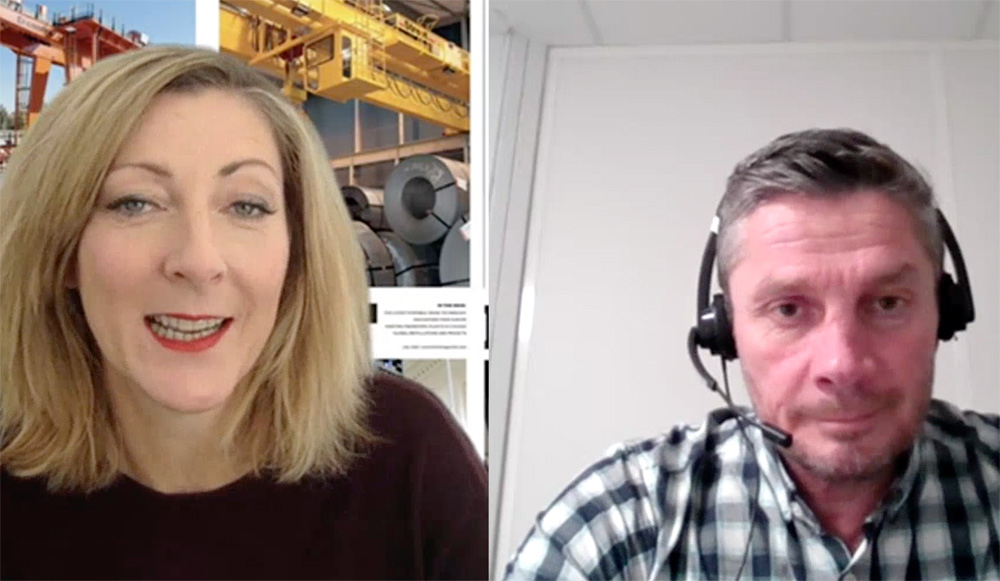'Tokamak Talk' Lee Coxon, CMA manager, ITER
5 November 2021Hoist is excited to announce it recently caught up with Lee Coxon, CMA (Construction Management as an Agent) Lifting & Handling manager at one of the World’s largest solar fusion projects, at ITER (International Thermonuclear Experimental Reactor), based in the South of France.
Coxon has been working on this fascinating megaproject, to replicate the fusion processes of the Sun to create energy on earth for future generations, for five years now and handles the inventory for more than 700 ‘below the hook’ pieces of equipment.
The ITER facility in Cadarache, France, is run in partnership with 35 Nations, the China National Nuclear Corporation (CNNC), part of TAC1, a China-France consortium, including the Institute of Plasma Physics of the Chinese Academy of Sciences (ASIPP) and The European Domestic Agency at ITER, to name a few, and includes; four overhead bridge cranes in the Tokamak facility; Building 13; the assembly hall, which is dedicated to the assembly and construction of the main components that will be assembled to create the Tokamak and Building 11; the Tokamak building where the Tokamak will be fully assembled in the pit.
For those who do not know about the ITER project and its construction phase, a video was published before assembly started, and gives an overview of the project here; ITER the world’s largest puzzle
Here, Coxon tells Hoist more about the background to the prpject, including; how there are two x 50t OHC and two x 750t OHC, supplied and manufactured by REEL.
The 50t cranes are in pairs on the same rails running north south and referred to in that manor (50t north & 50t South). The 50t cranes run on rails which are below the 750t cranes.
The two x 50t cranes span 95% of the entire surface of the two buildings and support the lighter and more repetitive construction activities.
The 750t cranes each have two hook-blocks with a lifting capacity of 375t each, these cranes can be used in various configurations: Single hook mode – 375t capacity Ramshorn hook – 750t north with east and west 375t hooks & 750t south with east and west 375t hooks, giving a 375t coverage of around 90% of the buildings; Dual hook mode – where two hooks on a single crane can be employed at the same time and Tandem mode – where all four hooks of both cranes can be used to give a maximum lifting capacity of 1500t.
The DCHLB (Dual Crane Heavy Lifting Beam) enables all four hooks of the 750t cranes to connect to a single lifting beam with a single point connection with a powered rotational capacity of 1385t.
“Many components are delivered to ITER in their horizontal state to ease transport constraints, when the components need to be orientated to their vertical (installation configurations) we have developed a special tool to facilitate this. The Upending Tool (UT) is a rigid L shaped structure which we load the components to, we then connect all four 375t hook-blocks to the UT and running a special crane upending cycle we are able to rotate the components,” said Coxon.
To read more about ITER and the latest installation at Tokamak see the Hoist November issue here
